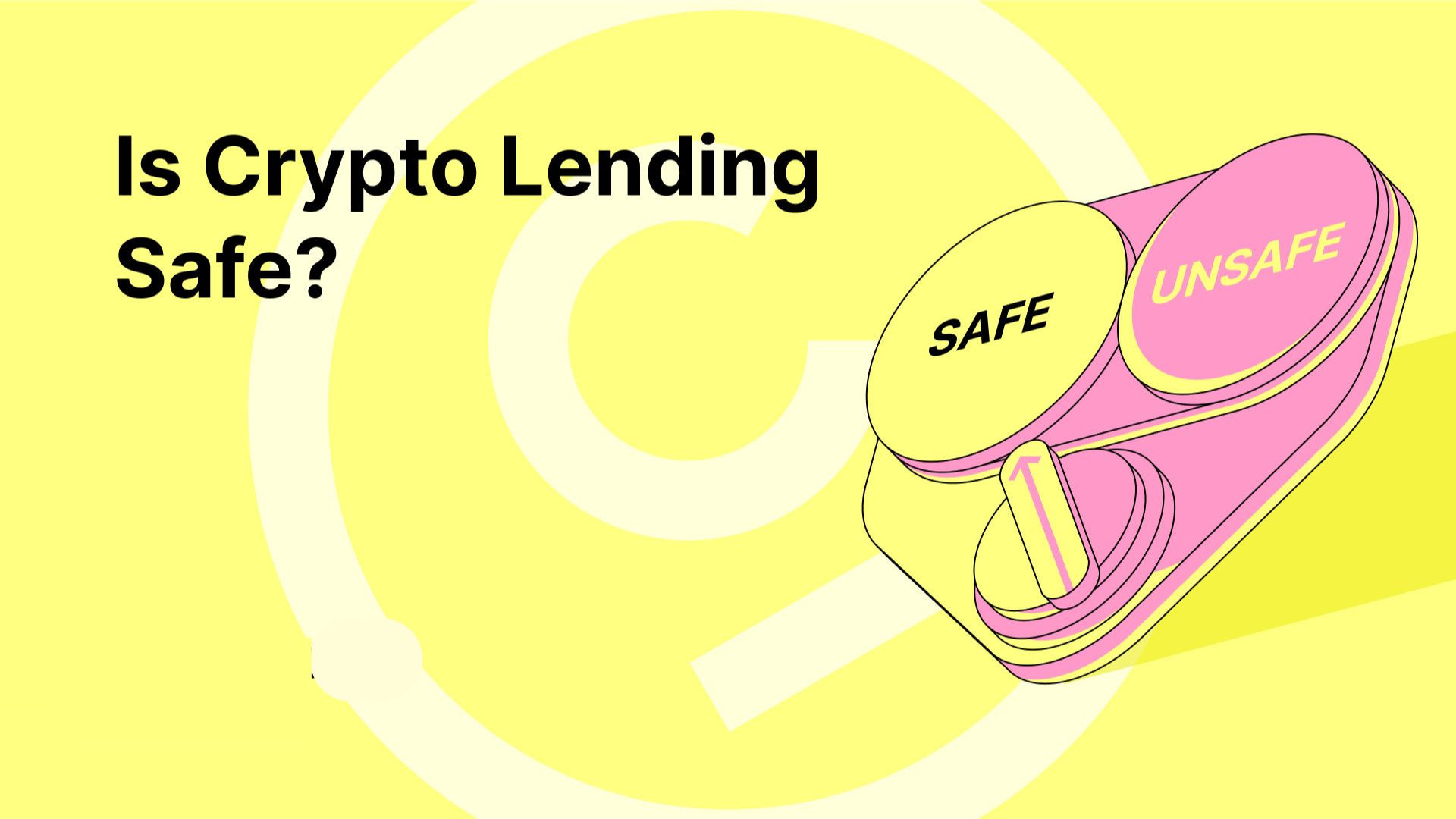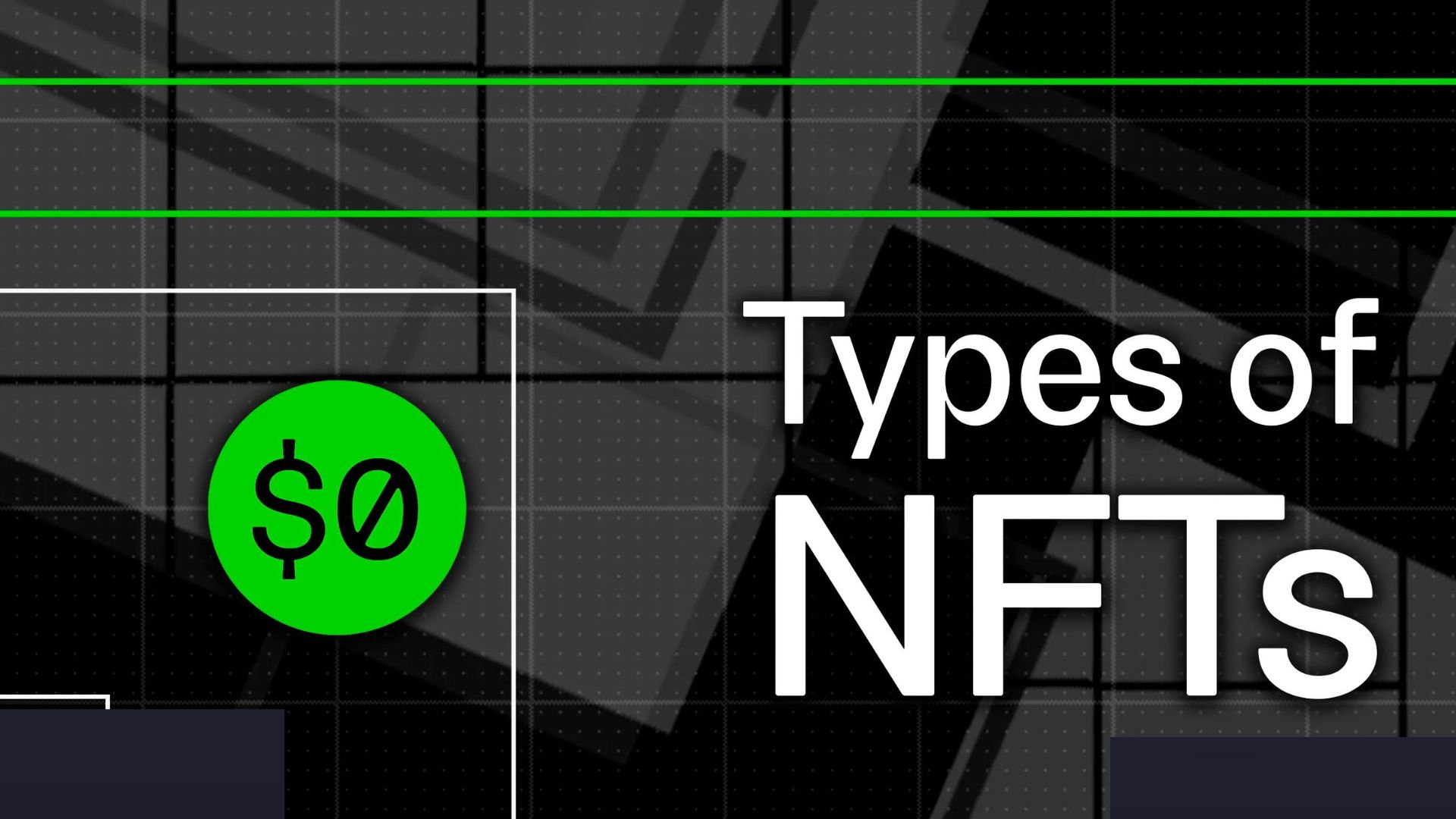Crypto Loans: How Does Cryptocurrency Lending Work?

Crypto Loans: How Does Cryptocurrency Lending Work? A crypto loan is a loan that uses your cryptocurrency holdings as collateral, much like a traditional bank loan backed by securities. Crypto loans are often only available through crypto lending platforms or exchanges because of their unique characteristics. An example that comes to mind is Bitcoin. Coincidentally, Bitcoin is an asset that can experience significant volatility. As a result of market sell-offs caused by the epidemic in March 2020, the price of Bitcoin dropped below $4,000. In April 2021, however, it began a price surge that would take it to above $64,000. While waiting for Bitcoin to rise, you may need money to mend a flat tire or leaking roof. You could lose or miss out on large gains if you sell your Bitcoin at the wrong time.
You can borrow money using your cryptocurrency holdings to get a crypto loan. This way, you can avoid selling your cryptocurrencies at a potentially low price and instead borrow USD (or your national fiat cash) to cover your immediate expenses.
Purposes of Crypto Loans
There are various reasons to take up a crypto loan facility, such as:
- Personal emergencies
- Capital for businesses
- Earn interest on your cryptocurrencies
- Defer tax on capital gains
- Hold on to your cryptocurrencies for future potential upside
Advantages of Crypto Loans

There are benefits to crypto loans compared to loans from conventional banks. Crypto loans do not use the same standard parameters as regular loans, such as credit ratings or income statements. Plus, getting a crypto loan couldn’t be easier. Additionally, it has developed into a multi-pronged approach that provides traders with greater leverage than before. Remember that the collateralization ratio is something you need to monitor constantly when you take out a crypto loan.
Your cryptocurrency holdings could be liquidated if their value drops below the collateralization ratio needed to secure the loan. Thus, this is crucial information. A partial or complete liquidation of the collateral may occur if you cannot repay the loan. But, the loan could be settled by selling your collateral. When you repay your loan, including interest, the cryptocurrency assets held as collateral will be fully returned to you.
Types of Crypto Loans
Currently, borrowers looking for crypto loans mostly have CeFi and DeFi to choose from. We will compare and contrast these two forms of cryptocurrency loans, highlighting their shared and unique characteristics.
Centralized Finance (CeFi) Crypto Loans
“CeFi” stands for “centralized finance.” Crypto loans are a kind of centralized lending. In the same way, pawn shops accept cryptocurrency as collateral, these centralized institutions lend out USD. A single point of failure is inherent in any centralization. Your cryptocurrency holdings on these platforms are vulnerable to the failure of these centralized corporations.
How do CeFi loans work?
Centralized platforms or exchanges, such as Binance, allow you to lend or borrow cryptocurrency. The difference between borrowing and lending cryptocurrency is that the former allows you to earn interest on your coins while the latter requires you to pay it. On Nexo, a decentralized financial platform, for instance:
- Lenders will receive a daily payout of up to 12% Annual Percentage Rate (APR) for stablecoins such as USDT and USDC.
- Borrowers can get a loan with an interest rate of 13.9% APR (or 6.9% APR when staking NEXO tokens)
Decentralized Finance (DeFi) Crypto Loans
Financial applications run on a blockchain are called DeFi or decentralized finance. This model eliminates the need for customers to trust any centralized entity. The main advantage of DeFi is that consumers have complete control over their cash and can allocate it any way they choose. The execution of a contract can be automated with the help of a smart contract. The collateral and payment terms are locked in with a programmable transaction.
DeFi Lending Platforms
- Ethereum (ETH) – Aave, Compound, MakerDao
- Binance Smart Chain (BSC) – Venus
- Solana (SOL) – Solend
How do DeFi Loans work?
Through the DeFi lending protocol, users can lend their cryptocurrency to others and receive interest on the borrowed funds. A DeFi lending protocol allows anyone to become a lender. In place of the loan offices found in conventional banks, this is accomplished through lending pools.
One way that lenders and borrowers can work together is through the use of smart contracts. Collateral is typically required when taking out a loan from a conventional bank. The vehicle is the physical object that serves as security for a car loan. The bank has the legal power to confiscate the automobile if the borrower defaults.
For decentralized systems, the logic is the same. The main distinction is that users can remain anonymous, and no tangible assets must be pledged as security in this system. It is common practice for DeFi loans to demand cryptocurrency collateral. The listed collateral amount must exceed the loan amount. The loan has too many pieces of collateral.
Comparison Between CeFi and DeFi Loans
Let’s take a look at how CeFi and DeFi loans differ. Loans with CeFi (Centralized Finance) do not offer a clear view of their transaction information, and access to funds depends on centralized custody, which raises the risks connected with the company. In contrast, loans with DeFi (Decentralized Finance) do just that. Nevertheless, a wider variety of insurance solutions becomes available when taking a CeFi loan.
Are Crypto Loans Safe?

Crypto lending is not without danger, but it has numerous advantages as well. The risks of lending cryptocurrency need to be known to you.
CeFi Loan Risks
- Insolvency Risk: Crypto lending allows for interest rates in the double digits. On the other hand, if the platform provider declares bankruptcy, you could lose all of your cryptocurrency holdings due to the lack of affordable insurance. If that happens, the assets go into the bankruptcy estate, and you’ll be known as your editor. Be wary of less-established crypto loan services, but keep an eye on their financial soundness.
- Counterparty Risk: Crypto exchanges, hedge funds, institutional investors, and OTC traders may be able to borrow funds from your cryptocurrency deposits on CeFi platforms. If the parties involved in these transactions do not repay the borrowed funds, your lending platform provider can go bankrupt.
DeFi Loan Risks
- Smart contract bugs and hacks: The main benefits of smart contracts are their transparency and full automation. However, poorly written code may make the smart contract vulnerable to exploits. For example, the Cream Finance exploit caused over $34 million in cryptocurrency losses.
- Admin keys risk: Developers of DeFi protocols may control admin keys. If the admin keys are not decentralized or burnt, there is a risk that developers may drain the entire protocol fund.
- Liquidation Risks: If the value of the cryptocurrency serving as collateral decreases and the loan amount falls below the collateral ratio, liquidation may be necessary. The precipitous 45 percent decline in Bitcoin’s value occurred on Black Thursday, March 12, 202Bitcoin’sustrative. If your loan balance drops below the minimal collateral ratio, your loans may be liquidated due to the unexpected price decline.
Conclusion
DeFi and CeFi are vital to the modern crypto financing industry despite their differences. While CeFi loans may be easier for newbies to navigate, be aware that the rates set by these platforms bind consumers. A DeFi loan, on the other hand, gives you complete control over the collateralization ratio and how the loan is managed. However hackers might be able to steal money from the system if smart contracts have flaws or vulnerabilities. Do your homework and consider the potential downsides before committing to a crypto loan, as with anything crypto-related.





